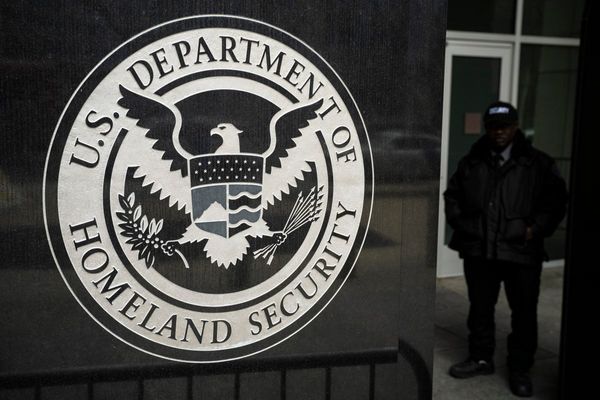The Middle East has by far the lowest share of clean power in its electricity mix of all regions, but is starting to change that through hefty increases in renewable energy generation capacity.
Middle East renewables capacity jumped by 12.8% in 2022 from the year before, the biggest gain in percentage terms of any region last year, according to the International Renewable Energy Agency (Irena).
The region's largest renewables producers -- Iran, Israel, United Arab Emirates and Jordan -- all lifted green capacity to new highs in 2022.
In addition, Qatar, Oman and Lebanon all connected more renewable capacity in 2022 than was installed over the previous decade in those countries, Irena's data shows.
This combination of continued growth within established leaders, alongside significant new renewables projects in neighbouring nations, will help establish important energy transition momentum in one of the world's leading producers and exporters of fossil fuels.
GROWING SCRUTINY & PRESSURE
The Middle East's dominance in oil and natural gas production, consumption and exports mean the region is often overlooked in discussions over energy transition progress.
The region's stubbornly low utilisation of clean power in its electricity mix -- less than 5% compared to a global average of 38.2%, according to Ember -- also suggests a complete indifference making changes to its power generation systems.
However, it is clear that individual countries in the area are not immune to feeling the pressure from the international community to reduce power sector emissions, with the influential UAE the first country to commit to net zero emissions by 2050 in 2021.
In addition, key oil and gas exporters such as Saudi Arabia and Qatar are under pressure to maximise earnings from the fossil fuel industry before global demand for those products wanes, and use those revenues to diversify and future-proof their economies.
The build-up of expertise in green energy technologies, including the construction of utility-scale solar farms and manufacturing of electric vehicles, are considered key platforms for that diversification drive in both Saudi Arabia and Qatar, and elsewhere in the region.
At the same time, economic and population growth throughout the Middle East are driving expansions in industry and manufacturing, which in turn are boosting energy use and straining the area's energy generation systems.
In combination, these factors have fostered rapidly growing support for renewable energy development throughout the Middle East, and expectations for further accelerations in renewable capacity development in the years ahead.
EMISSIONS TOLL
In addition to being left out of discussions about the energy transition, the Middle East also tends to be overshadowed by Asia, North America and other regions when it comes to assessing emissions totals from power production.
However, carbon dioxide (CO²) discharge from Middle Eastern power producers increased by 67 million tonnes, or by 11.4%, between 2015 and 2021, making the region the largest net gainer in terms of CO² pollution outside of Asia during that period.
Asia, Africa and the Middle East are also the only regions to steadily increase power sector emissions since 2015, while Europe, North America, Latin America and Oceania have all pushed power emissions lower.
POWER NEEDS
Given the growing demand for energy throughout the Middle East to feed the region's established refineries and chemical plants, as well as planned factories, tech hubs and pharmaceutical sectors, greater production of all types of power will be needed throughout the Middle East.
The swells in renewable capacity brought online in 2022 will help displace some fossil fuels in the energy mix, potentially slowing the growth rate of emissions from power producers.
The large volumes of new renewable power flowing through the grids of countries such as Oman and Qatar will also demonstrate the value of large-scale green energy capacity to utilities that have only limited experience in dealing with renewables.
If other countries also step up their green power capacity development, the Middle East as a whole may be able to build on its recent green energy momentum, and potentially emerge as a key driver of global energy transition efforts right at the heart of one of the world's largest fossil fuel hubs.
Gavin Maguire is a columnist for Reuters. The opinions expressed here are those of the author.







